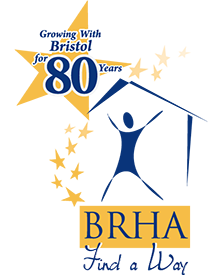The Census Bureau, in conjunction with Raj Chetty and Nathan Hendren from Harvard University and John Friedman from Brown University, unveiled its “Opportunity Atlas” on October 1, which provides unprecedented neighborhood-level data showing where children have the best chance of climbing the income ladder as adults. Through an interactive map, users can search any neighborhood in the country.
Researchers looked at the adult earnings of over 20 million children and used census/tax data that linked each child with his/her parents. This linkage enabled researchers to trace outcomes (such as adult earnings and incarceration rates) to the neighborhoods in which the children were raised. Almost all children born in America between 1978 and 1983 are covered. Prior efforts provided this information at the county level, but the newest Opportunity Atlas now makes it available at the neighborhood level, which could enable policymakers to formulate approaches street-by-street, block-by-block. Overall, the data reveal that the neighborhoods in which children grow up have a substantial causal effect on their chances of upward income mobility as adults.
“Children who grow up a few miles apart in families with comparable incomes have very different life outcomes,” the study’s authors explain. “Moving to a better neighborhood earlier in childhood can increase a child’s income by several thousand dollars.”
On average, these higher-opportunity neighborhoods are more expensive, but there are several areas that researchers labeled “opportunity bargains” that produce solid outcomes without extremely high rents (note: researchers deemed “affordable” neighborhoods as those that have two-bedroom median rents under $1,500 per month).
Just because a neighborhood has positive outcomes for one racial group, however, does not mean it has equally positive outcomes for other racial groups. Earnings and incarceration rates can vary dramatically for white, black, and Hispanic men even when they are raised in the same neighborhoods. White men experience better upward income mobility than black men virtually everywhere in the country. Both white and black boys experience better outcomes in low-poverty neighborhoods, but the gaps persist. This persistent disparity suggests that race in and of itself plays a significant role – differences in outcomes cannot be explained by just neighborhoods or parental income alone.
This robust and nuanced data set could inform the decision-making of policymakers, practitioners, and advocates, particularly in terms of housing policy. For example, when complemented with current local indicators, these data could help reveal whether housing voucher holders are segregated into areas offering little upward mobility. The data could help pinpoint the siting of new affordable housing developments in neighborhoods that offer stronger outcomes, and they could help identify persistently struggling neighborhoods that require deeper and more prolonged interventions.
Source:  www.nlihc.org
www.nlihc.org

